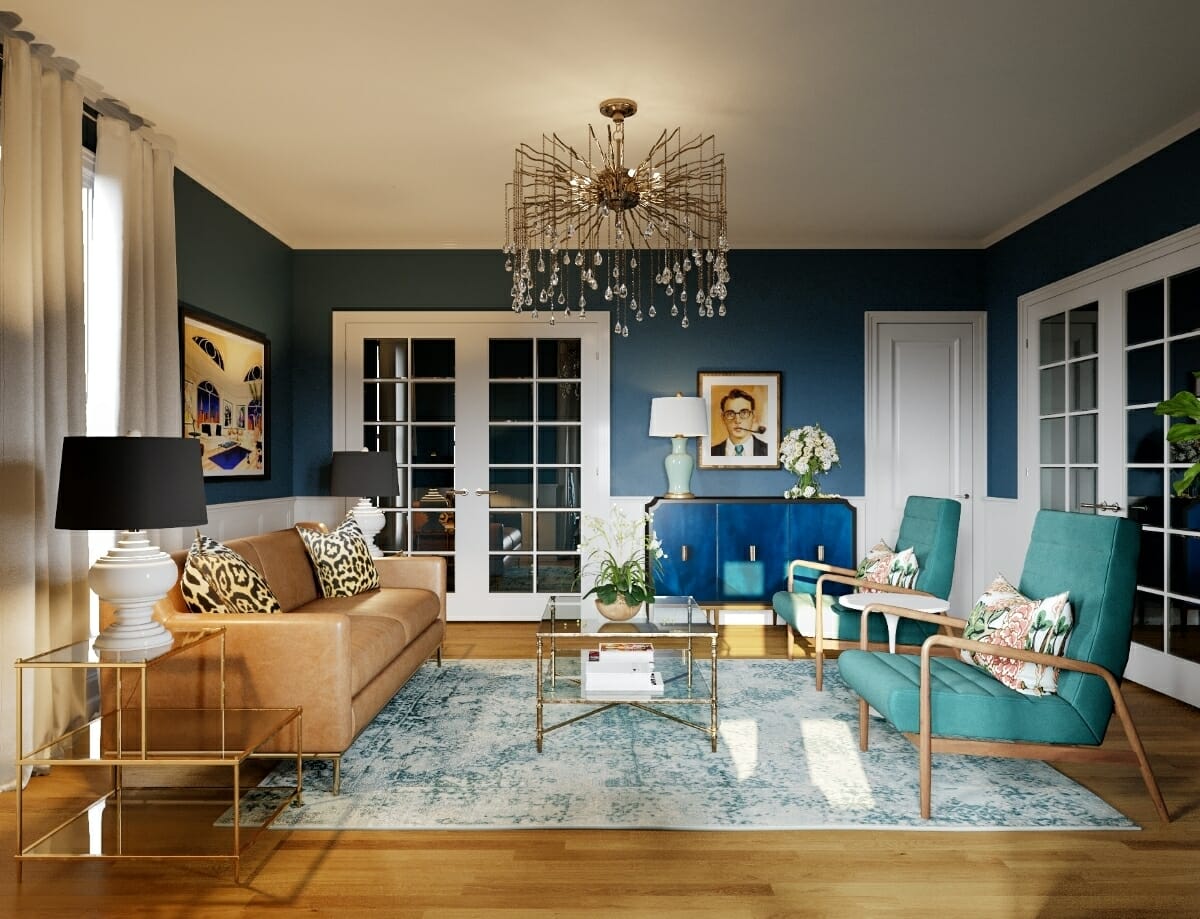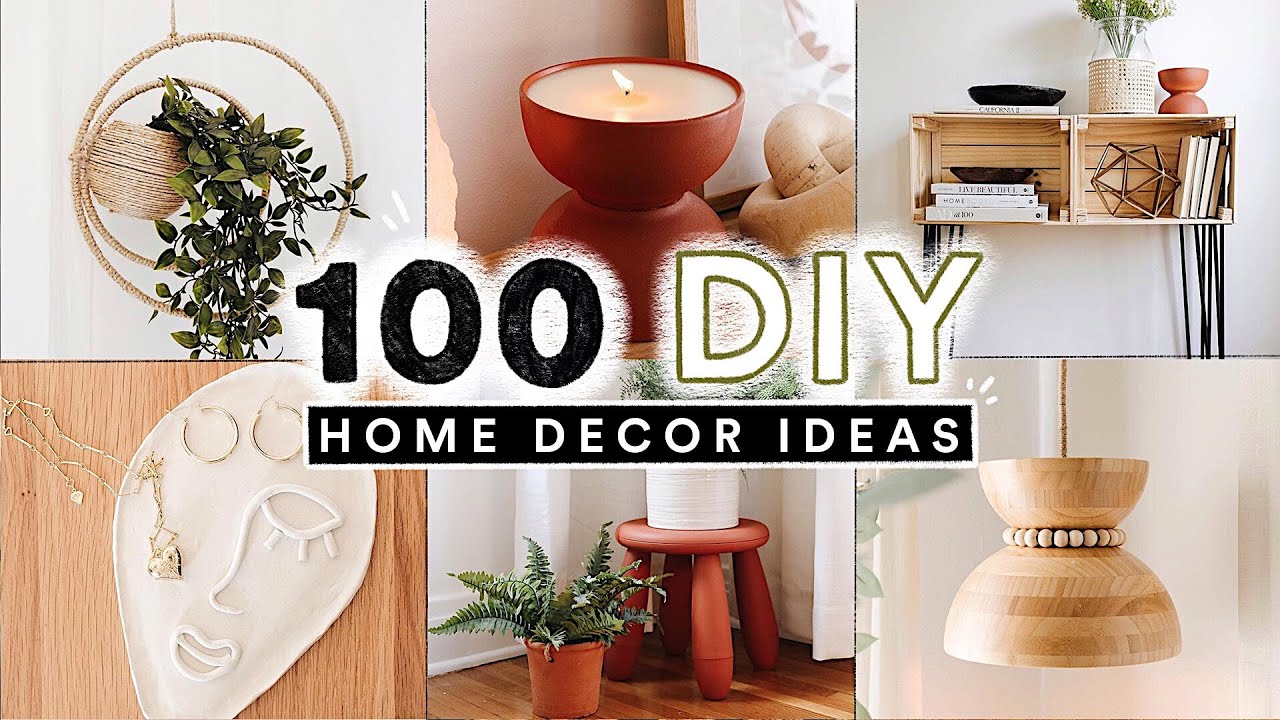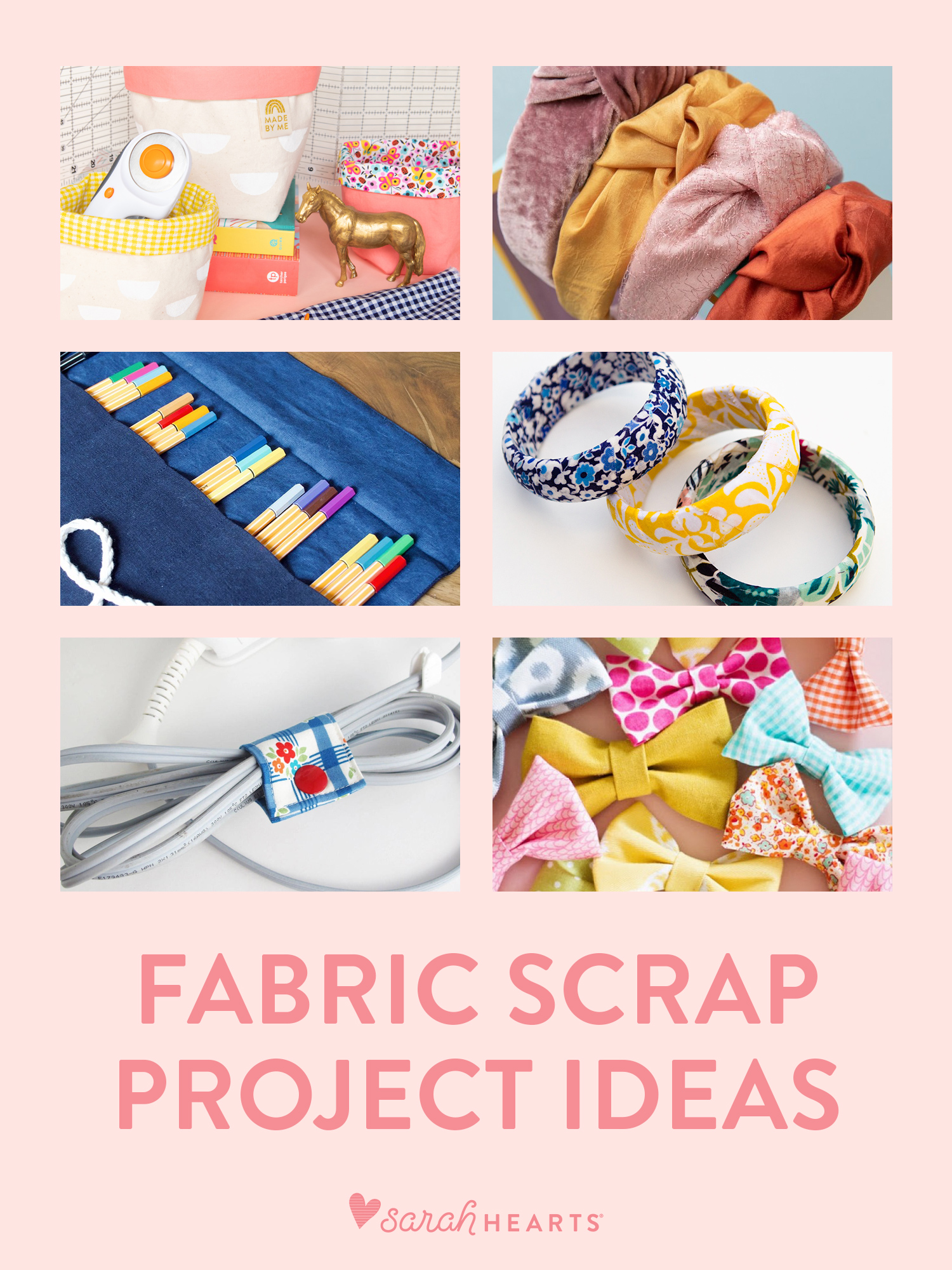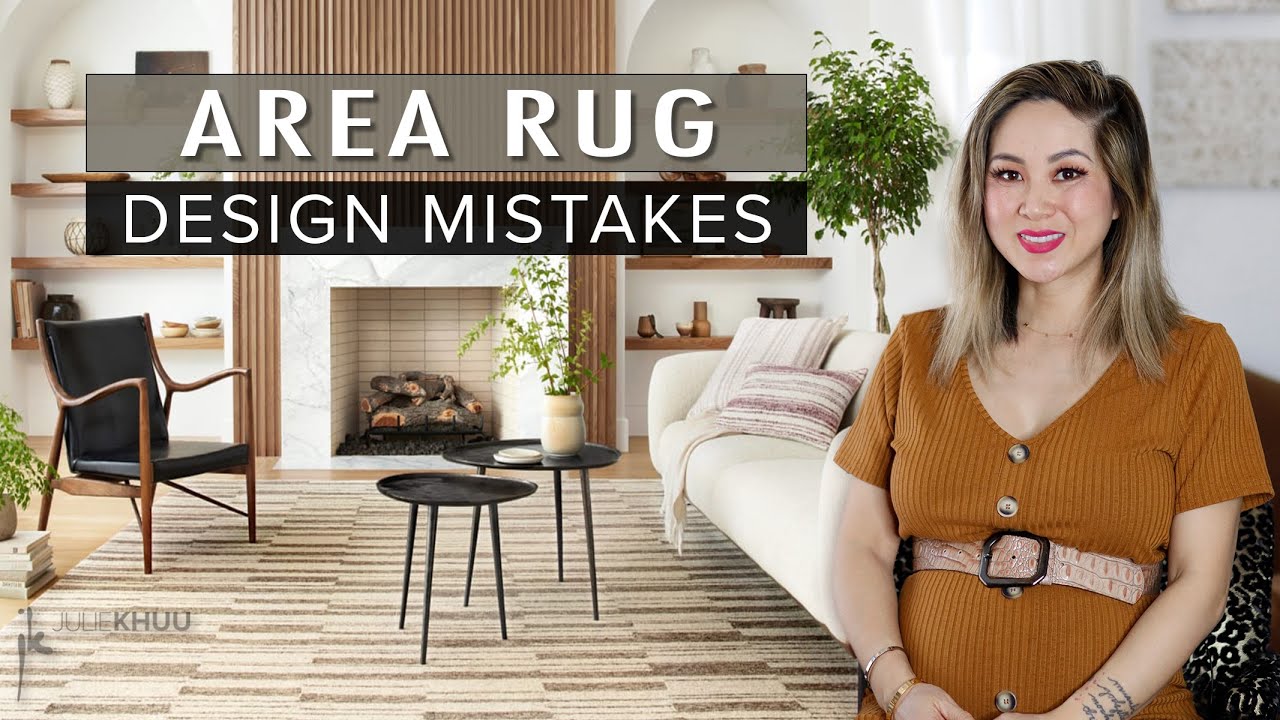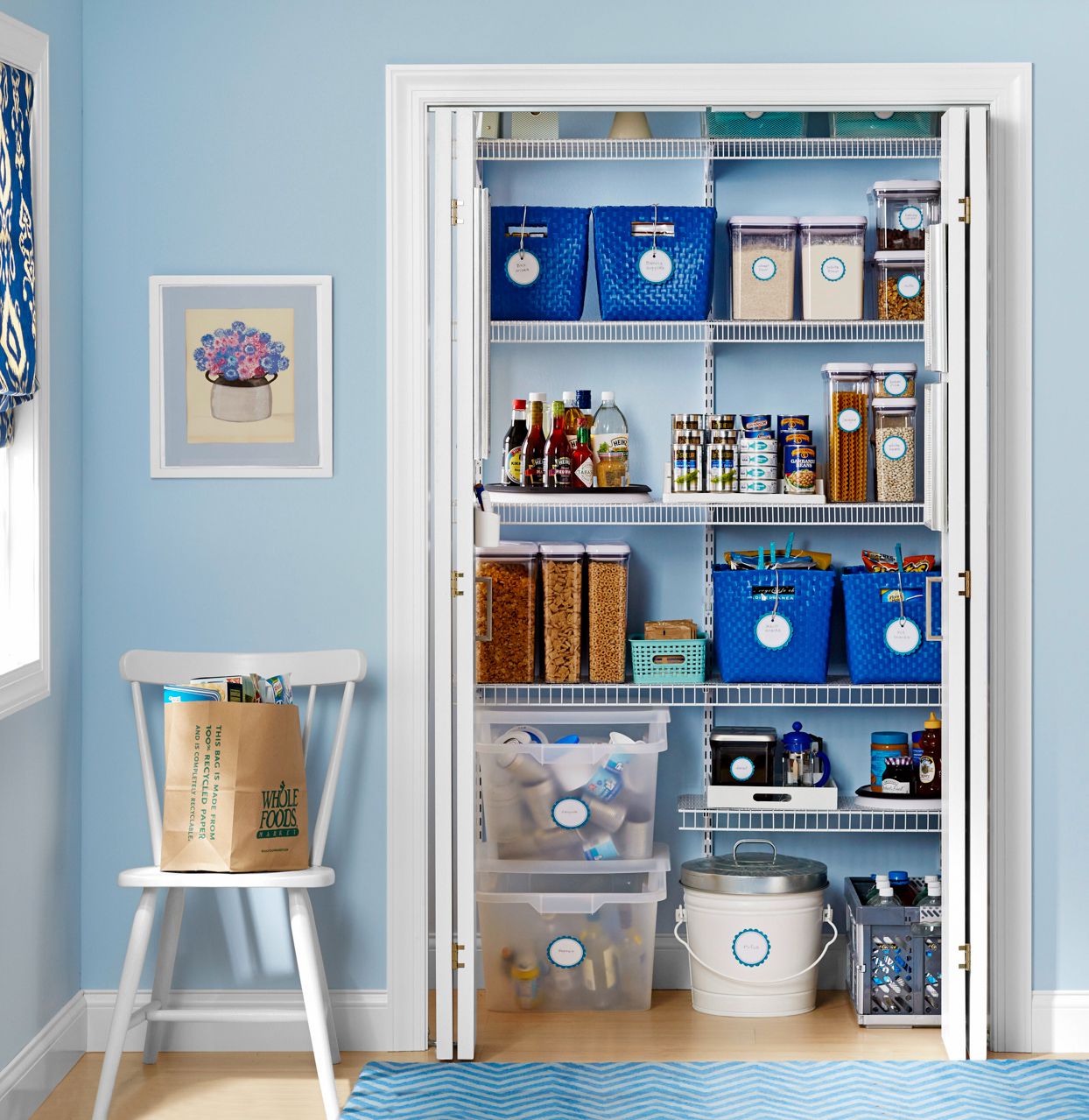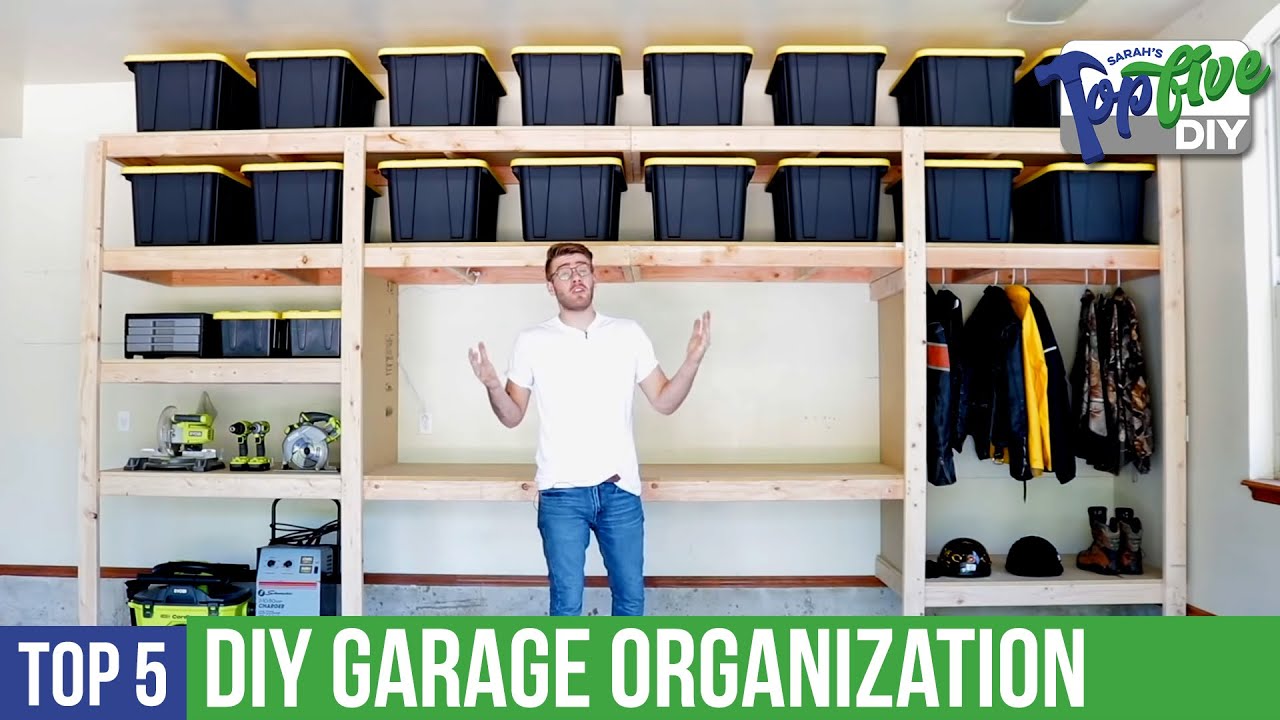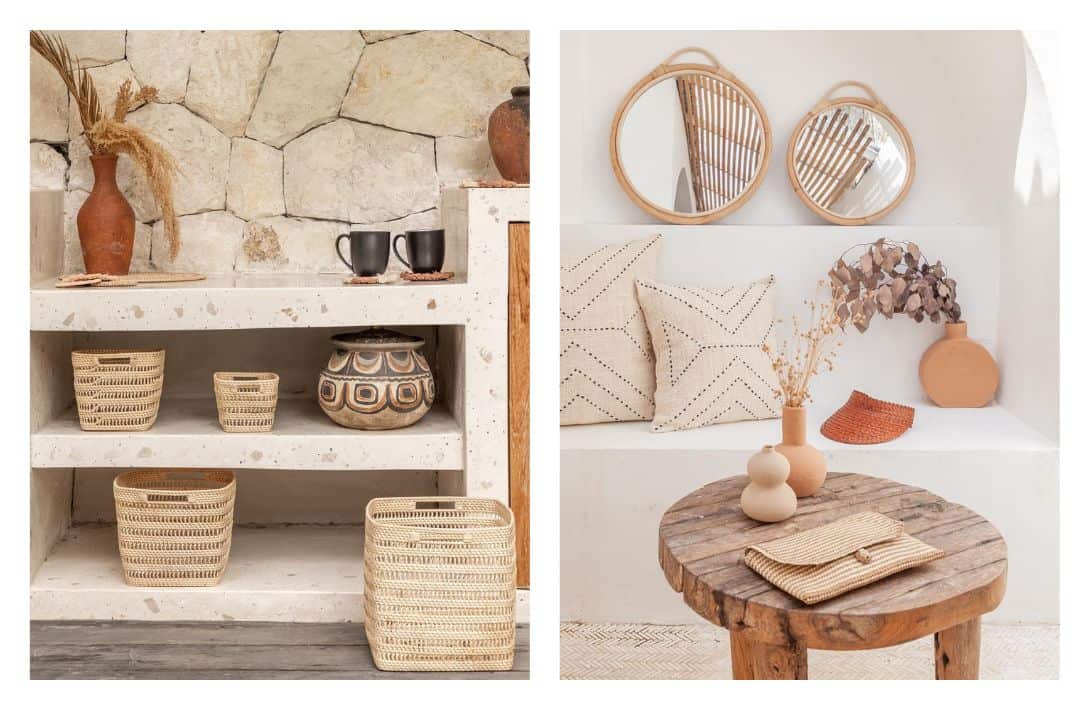
Sustainable home decor focuses on eco-friendly materials and practices. It aims to reduce environmental impact while creating beautiful spaces.
Sustainability in home decor is more than just a trend; it’s a lifestyle choice. By opting for eco-friendly materials like bamboo, reclaimed wood, and organic fabrics, you reduce your carbon footprint. Energy-efficient lighting and upcycled furniture also play a crucial role.
Sustainable decor not only benefits the planet but enhances the health and well-being of your family. Choosing local artisans and fair-trade products supports ethical labor practices. The shift towards sustainable living reflects a growing awareness of our environmental responsibilities. Embrace sustainable home decor for a stylish, eco-conscious living space that makes a positive impact.
Introduction To Sustainable Home Decor
Welcome to the world of sustainable home decor. Discover how to make your home stylish and eco-friendly. Learn how small changes can have a big impact. Embrace a lifestyle that benefits both you and the planet.
The Importance Of Eco-friendly Living
Eco-friendly living helps protect the earth. It reduces waste and saves resources. Sustainable decor means using items that are kind to the environment. This includes using recycled or natural materials.
Benefits Of Green Home Decor
Choosing green home decor has many benefits. First, it improves air quality. Natural materials like bamboo and cotton do not release harmful chemicals. This makes your home healthier.
Second, it reduces waste. Recycled furniture keeps items out of landfills. It gives old items a new life. Third, it saves money. Energy-efficient products lower your utility bills. Over time, this adds up to significant savings.
| Benefit | Example |
|---|---|
| Improves Air Quality | Bamboo furniture |
| Reduces Waste | Recycled glass vases |
| Saves Money | Energy-efficient lighting |
- Use natural materials like bamboo and cotton.
- Opt for recycled furniture and decor items.
- Install energy-efficient lighting and appliances.
Choosing Sustainable Materials
Choosing sustainable materials helps the environment. It also creates a healthier home. Sustainable materials reduce waste and save resources. Let’s explore some options for sustainable home decor.
Natural Fibers And Textiles
Natural fibers are eco-friendly and biodegradable. They include cotton, linen, and wool. These materials are renewable and reduce pollution. You can use them for curtains, rugs, and upholstery.
- Cotton: Organic cotton is grown without pesticides.
- Linen: Linen is made from flax plants. It is durable and breathable.
- Wool: Wool is a natural insulator. It keeps your home warm.
Reclaimed Wood And Recycled Metals
Reclaimed wood is old wood given new life. It reduces deforestation. Recycled metals save energy and resources. These materials add unique character to your home.
| Material | Benefits |
|---|---|
| Reclaimed Wood | Reduces waste, adds rustic charm |
| Recycled Metals | Saves energy, reduces mining |
Use reclaimed wood for furniture and flooring. Choose recycled metals for fixtures and decor. These choices support a sustainable lifestyle.
Eco-friendly Furniture
Eco-Friendly Furniture is a fantastic way to make your home both beautiful and sustainable. By choosing furniture that is kind to our planet, you create a lovely space. Let’s explore how to achieve this with eco-friendly furniture.
Sustainable Sourcing
Sustainable sourcing means the materials used are good for the environment. Look for furniture made from recycled or renewable materials. Bamboo, reclaimed wood, and recycled metal are great options.
Here’s a simple table to illustrate some eco-friendly materials:
| Material | Benefits |
|---|---|
| Bamboo | Fast-growing, renewable, and sturdy |
| Reclaimed Wood | Reuses old wood, reduces waste |
| Recycled Metal | Less energy to produce, durable |
Second-hand And Vintage Finds
Second-hand and vintage finds are another excellent choice for eco-friendly decor. These pieces have a unique charm and history. Buying second-hand reduces waste and saves resources.
Consider these tips when buying second-hand furniture:
- Check local thrift stores and online marketplaces.
- Look for sturdy, well-made items.
- Refurbish or repaint if needed.
By following these tips, you can find beautiful, sustainable furniture for your home. Plus, you will be helping the planet!
Green Lighting Solutions
Embracing sustainable home decor means making eco-friendly choices. One crucial area to focus on is lighting. Green lighting solutions can significantly reduce energy consumption. This, in turn, lowers your carbon footprint. Let’s explore some effective and stylish green lighting options.
Energy-efficient Bulbs
Energy-efficient bulbs are a fantastic choice. They consume less electricity compared to traditional bulbs. This helps save energy and reduce your utility bills. There are several types of energy-efficient bulbs:
- LED bulbs: These bulbs last longer and use less power.
- CFL bulbs: Compact Fluorescent Lamps are more efficient than incandescent bulbs.
- Halogen bulbs: These are a slightly more efficient option than traditional bulbs.
Switching to energy-efficient bulbs is an easy step towards a greener home. It’s a small change with a big impact.
Solar-powered Lighting
Solar-powered lighting is an excellent way to harness natural energy. These lights use sunlight to charge during the day. At night, they provide bright and efficient illumination. Solar lighting works well for:
- Outdoor spaces: Ideal for gardens, pathways, and patios.
- Emergency lighting: Useful during power outages.
- Decorative lighting: Adds charm to your home exterior.
Investing in solar-powered lights reduces dependence on electricity. It’s an eco-friendly choice that also saves money. Solar lights come in various designs and styles. You can find options that suit any decor.
| Type | Benefits |
|---|---|
| LED Bulbs | Long-lasting, energy-efficient |
| CFL Bulbs | More efficient than incandescent |
| Halogen Bulbs | Slightly more efficient |
| Solar-Powered Lighting | Uses natural sunlight, cost-saving |
By choosing green lighting solutions, you contribute to a sustainable future. It’s a simple yet impactful way to make your home eco-friendly.
Non-toxic Paints And Finishes
Choosing non-toxic paints and finishes ensures a healthier home environment. Toxic chemicals in paints can affect air quality. Opt for eco-friendly alternatives to keep your home safe.
Low-voc Paints
Low-VOC paints release fewer volatile organic compounds. They reduce air pollution and are safer for your family. These paints come in various colors and finishes. Choose low-VOC options for walls, ceilings, and furniture.
| Brand | Benefits | Colors Available |
|---|---|---|
| Brand A | Low odor, quick drying | 50+ |
| Brand B | Eco-friendly, long-lasting | 100+ |
Natural Wood Finishes
Natural wood finishes offer a non-toxic way to protect wood surfaces. These finishes use ingredients like beeswax and linseed oil. They preserve the wood’s natural beauty and are safer for indoor air quality.
- Beeswax: Natural and protective
- Linseed Oil: Enhances wood grain
- Shellac: Non-toxic and glossy
Apply these finishes to furniture, floors, and wood accents. They provide a durable and safe coating.
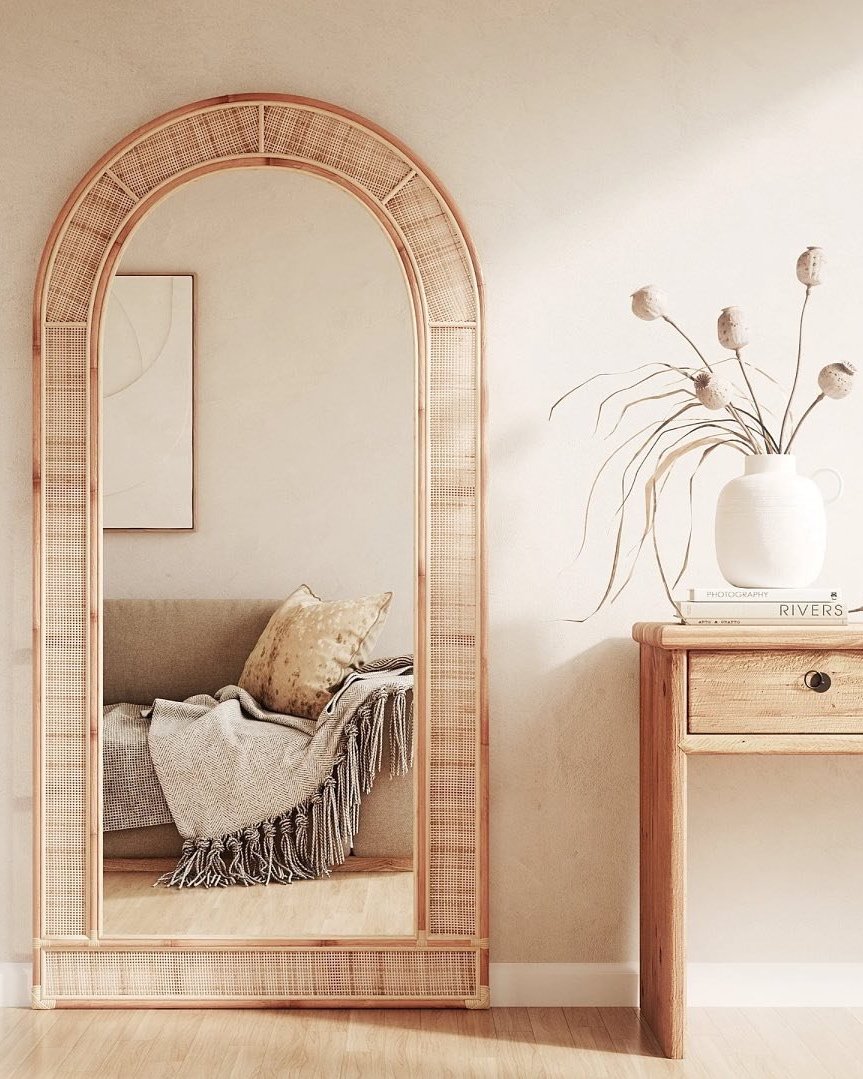
Credit: www.sustainably-chic.com
Sustainable Flooring Options
Choosing sustainable flooring is a great way to create an eco-friendly home. These options are made from renewable resources or recycled materials. They are both beautiful and good for the planet.
Bamboo And Cork
Bamboo is a fast-growing grass. It is harder than many hardwoods. This makes it a durable and sustainable choice. Bamboo flooring comes in various styles and colors. It fits any home decor.
Cork is harvested from the bark of cork oak trees. The trees are not cut down. This makes cork a renewable resource. Cork flooring is soft, warm, and comfortable to walk on. It also has natural insulation and soundproofing properties.
Recycled Tile And Carpet
Recycled tile is made from old glass, porcelain, and clay. These materials are melted and formed into new tiles. Recycled tiles are durable and come in many designs. They are perfect for kitchens and bathrooms.
Recycled carpet is made from old plastic bottles and other recycled fibers. It is just as soft and durable as new carpet. Recycled carpet comes in various colors and patterns. It helps reduce waste in landfills.
| Material | Benefits |
|---|---|
| Bamboo | Renewable, durable, stylish |
| Cork | Renewable, comfortable, insulating |
| Recycled Tile | Recycled, durable, versatile |
| Recycled Carpet | Recycled, soft, durable |
Eco-conscious Home Textiles
Eco-conscious home textiles bring sustainability to your living spaces. These textiles use natural materials and eco-friendly processes. They help reduce your carbon footprint. Explore the world of sustainable fabrics and enhance your home’s beauty.
Organic Cotton And Linen
Organic cotton is grown without harmful chemicals. It uses less water and supports healthy soil. Organic cotton is soft, durable, and safe for your family.
Linen comes from the flax plant. It is biodegradable and requires minimal water. Linen is known for its breathability and strength. It adds a natural and elegant touch to your home.
Bamboo And Hemp Fabrics
Bamboo fabric is a sustainable choice. Bamboo grows quickly and needs no pesticides. The fabric is soft, breathable, and antibacterial. It is perfect for bedding and towels.
Hemp fabric is another eco-friendly option. Hemp grows rapidly and enriches the soil. The fabric is durable and resistant to mold. Hemp textiles are ideal for upholstery and curtains.
| Fabric Type | Benefits | Ideal For |
|---|---|---|
| Organic Cotton | Soft, durable, chemical-free | Bedding, clothing, baby products |
| Linen | Breathable, strong, biodegradable | Tablecloths, curtains, upholstery |
| Bamboo | Soft, antibacterial, sustainable | Bedding, towels, clothing |
| Hemp | Durable, mold-resistant, eco-friendly | Upholstery, curtains, clothing |
Energy-efficient Appliances
Sustainable home decor isn’t just about looks. It’s also about functionality. Energy-efficient appliances play a vital role in making your home eco-friendly. They help reduce energy consumption and lower utility bills. Let’s dive into how you can make your home greener.
Energy Star Ratings
Energy Star Ratings are crucial. They indicate the energy efficiency of appliances. The higher the rating, the more energy you save. Here’s a quick guide:
| Appliance | Energy Star Rating | Energy Savings |
|---|---|---|
| Refrigerator | 4 Stars | 15% |
| Washing Machine | 5 Stars | 20% |
| Dishwasher | 3 Stars | 10% |
Always look for the Energy Star label. It guarantees you’re making a green choice.
Smart Home Technology
Smart Home Technology enhances energy efficiency. Smart thermostats, for example, learn your schedule. They adjust temperatures automatically. This reduces energy wastage.
- Smart Thermostats: They help save up to 10% on heating and cooling.
- Smart Lights: They turn off when no one is in the room.
- Smart Plugs: They control the power usage of connected devices.
Using these technologies can make your home smarter and greener.
Water Conservation Tips
Water conservation is vital for a sustainable home. Small changes can save water. Let’s explore easy ways to conserve water.
Low-flow Fixtures
Low-flow fixtures reduce water usage. They are easy to install and use less water.
- Low-flow showerheads use less water per minute.
- Low-flow faucets save water in kitchens and bathrooms.
- Low-flow toilets use less water per flush.
These fixtures can cut your water usage by half. They are a great investment for your home.
Rainwater Harvesting
Rainwater harvesting collects rainwater for later use. It is a simple way to save water.
| Method | Description |
|---|---|
| Barrels | Collect rainwater from your roof. |
| Large Tanks | Store large amounts of rainwater. |
Use collected rainwater for plants and cleaning. This method reduces water bills and is eco-friendly.
Indoor Plants For Air Quality
Creating a sustainable home can start with simple changes. One such change is adding indoor plants. These plants improve air quality. They also add beauty to your space. Let’s explore the best plants for purification and how to care for them.
Best Plants For Purification
Certain plants are great for cleaning the air. Here are some top choices:
- Spider Plant: Removes formaldehyde and xylene.
- Snake Plant: Filters out benzene, formaldehyde, and trichloroethylene.
- Pothos: Excellent at absorbing carbon monoxide and formaldehyde.
- Peace Lily: Eliminates mold spores and improves humidity.
- Bamboo Palm: Clears out formaldehyde, benzene, and trichloroethylene.
Caring For Indoor Plants
Proper care ensures your plants thrive. Here are some tips:
- Watering: Most plants need water once a week. Check soil moisture first.
- Light: Place plants in indirect sunlight. Some may need direct light.
- Soil: Use well-draining soil. Avoid waterlogged conditions.
- Humidity: Many plants like humid conditions. Mist leaves regularly.
- Fertilizing: Use organic fertilizer every two months.
| Plant | Light Needs | Watering Frequency |
|---|---|---|
| Spider Plant | Indirect Sunlight | Once a Week |
| Snake Plant | Low to Bright Light | Every 2-3 Weeks |
| Pothos | Low to Bright Light | Once a Week |
| Peace Lily | Low to Bright Light | Once a Week |
| Bamboo Palm | Indirect Sunlight | Once a Week |
Recycling And Upcycling Ideas
Transform your home decor with sustainable practices. Recycling and upcycling can give your space a fresh look. Learn how to use old items in new ways. This saves money and helps the environment.
Creative Upcycling Projects
Upcycling turns unwanted items into something new and beautiful. Here are some ideas:
- Old T-Shirts: Make cushion covers or rugs.
- Wine Bottles: Create vases or candle holders.
- Wooden Pallets: Build coffee tables or garden planters.
You can also use mason jars for storage. Turn old drawers into shelves. The possibilities are endless with a bit of creativity.
Setting Up A Home Recycling Station
A home recycling station keeps your space organized. Follow these steps:
- Choose a Location: Find a convenient spot.
- Get Bins: Use separate bins for different materials.
- Label Bins: Clearly mark each bin for ease.
| Material | Recycling Bin |
|---|---|
| Paper | Blue Bin |
| Plastics | Green Bin |
| Glass | Yellow Bin |
Keep the station clean and tidy. This makes recycling easy for everyone in the house.
Sustainable Home Cleaning
Keeping your home clean doesn’t need to harm the environment. Using sustainable methods can save the planet. Learn how to clean your home the eco-friendly way.
Eco-friendly Cleaning Products
Many companies now offer eco-friendly cleaning products. These products are safe for you and the earth. They often come in recyclable packaging. Look for labels that say “biodegradable” or “non-toxic”.
Here are some brands to consider:
- Method
- Seventh Generation
- Mrs. Meyer’s
Diy Natural Cleaners
Making your own cleaners is easy and fun. You need simple ingredients like vinegar, baking soda, and lemon. These items clean well and are safe for the planet.
Here are some easy recipes:
- All-Purpose Cleaner: Mix equal parts water and vinegar.
- Glass Cleaner: Mix 1 cup water, 1 cup vinegar, and 1 tablespoon lemon juice.
- Scrub Cleaner: Mix baking soda with water to form a paste.
| Cleaner | Ingredients | Instructions |
|---|---|---|
| All-Purpose Cleaner | Water, Vinegar | Mix equal parts water and vinegar. |
| Glass Cleaner | Water, Vinegar, Lemon Juice | Mix 1 cup water, 1 cup vinegar, and 1 tbsp lemon juice. |
| Scrub Cleaner | Baking Soda, Water | Mix baking soda and water to form a paste. |
Eco-friendly Home Decor Accessories
Choosing eco-friendly home decor accessories transforms your living space. It reduces your carbon footprint. These accessories can be stylish and sustainable.
| Type | Benefits |
|---|---|
| Recycled Materials | Reduces waste, conserves resources |
| Natural Fibers | Biodegradable, less chemical use |
| Handmade Items | Supports artisans, unique designs |
Sustainable Art And Decor
Sustainable art and decor add a unique touch to your home. These pieces often use recycled materials. They can be paintings, sculptures, or wall hangings. Artists create them with an eco-conscious mindset.
Look for items made from natural or recycled materials. This ensures a lower environmental impact. Many pieces are also handcrafted, adding to their uniqueness.
Handmade And Fair Trade Items
Handmade and fair trade items are perfect for eco-friendly decor. These products are crafted by artisans. They ensure fair wages and ethical working conditions. Supporting these items means supporting global communities.
- Fair trade ensures artisans earn a fair wage.
- Handmade items are unique and high-quality.
- They often use sustainable materials.
Consider adding handmade baskets, rugs, and pottery to your home. These items are both beautiful and ethical.
Green Window Treatments
Green window treatments help make your home eco-friendly. They also add style and comfort to your living space. Explore options like energy-efficient curtains and sustainable blinds. These choices can reduce energy use and promote a healthy environment.
Energy-efficient Curtains
Energy-efficient curtains keep your home warm in winter and cool in summer. They have special fabric that blocks heat and cold. This helps to save on heating and cooling costs.
Choose curtains made from natural materials like cotton or linen. These materials are eco-friendly and biodegradable. Look for curtains with thermal lining. This adds an extra layer of insulation. You can find many stylish options to match your home decor.
| Material | Benefits |
|---|---|
| Cotton | Biodegradable, breathable |
| Linen | Durable, eco-friendly |
Sustainable Blinds And Shades
Blinds and shades made from sustainable materials are a great choice. Options include bamboo, wood, and recycled materials. These materials are durable and have a low environmental impact.
- Bamboo: Fast-growing, renewable, and stylish.
- Wood: Classic look, biodegradable, and long-lasting.
- Recycled Materials: Eco-friendly and versatile.
Choose blinds and shades that fit your home’s style. They can also be adjusted to control light and privacy. This helps you create a comfortable and sustainable living space.
Climate Control And Insulation
Climate control and insulation are vital for a sustainable home. They help maintain temperature and reduce energy consumption. Efficient insulation and smart thermostats save money and the environment.
Eco-friendly Insulation
Eco-friendly insulation is key for a green home. It keeps your house warm in winter and cool in summer. It also reduces the need for heating and cooling systems.
- Cotton Insulation: Made from recycled denim and cotton. It is safe and effective.
- Wool Insulation: Natural and renewable. Wool insulation is biodegradable and offers excellent thermal performance.
- Cork Insulation: Cork is sustainable and has a long lifespan. It also resists mold and pests.
Smart Thermostats
Smart thermostats are a great addition to a sustainable home. They help you control the temperature with ease. You can manage them using your smartphone or voice commands.
- Energy Savings: Smart thermostats learn your habits. They adjust the temperature for maximum efficiency.
- Remote Access: Control your thermostat from anywhere. This feature saves energy even when you are not home.
- Integration: Many smart thermostats work with other smart devices. This allows for a fully automated home.
Investing in eco-friendly insulation and smart thermostats is wise. They provide comfort, savings, and sustainability.
Sustainable Outdoor Spaces
Creating sustainable outdoor spaces brings nature closer to your home. It helps the environment and improves your well-being. Let’s explore ways to make your outdoor areas eco-friendly and beautiful.
Eco-friendly Garden Furniture
Choose eco-friendly garden furniture made from sustainable materials. Bamboo, reclaimed wood, and recycled plastic are great options. They last long and reduce waste.
Here are some tips for selecting sustainable furniture:
- Check for FSC certification on wooden furniture.
- Opt for materials that require less maintenance.
- Avoid furniture treated with harmful chemicals.
Consider second-hand or vintage pieces. They add character and reduce demand for new resources. Look for brands committed to sustainability. Supporting them encourages more eco-friendly practices.
Organic Gardening Practices
Using organic gardening practices helps the environment and your health. Avoid chemical fertilizers and pesticides. They harm the soil and local wildlife.
Follow these steps for organic gardening:
- Use compost to enrich the soil.
- Plant native species that require less water and care.
- Rotate crops to maintain soil fertility.
- Use natural pest control methods like ladybugs and neem oil.
Collect rainwater for watering your plants. It saves water and benefits your garden. Mulch your garden beds to retain moisture and prevent weeds. These practices create a healthy, sustainable garden.
Creating a sustainable outdoor space is rewarding. It helps the planet and creates a peaceful retreat for you. Enjoy the benefits of nature right in your backyard.
Reducing Waste In Home Decor
Creating a sustainable home starts with reducing waste. By choosing eco-friendly decor, you help the environment. Let’s explore some effective ways to cut waste in home decor.
Minimalist Design Principles
Minimalist design focuses on simplicity and functionality. This style avoids clutter and unnecessary items. It emphasizes quality over quantity.
- Choose timeless pieces: Invest in furniture that lasts.
- Use neutral colors: They never go out of style.
- Embrace open space: Keep your home airy and light.
Zero-waste Decorating Tips
Adopting zero-waste principles in decor helps the planet. Here are some practical tips to get you started:
- Reuse and upcycle: Turn old items into new treasures.
- Buy second-hand: Thrift stores offer unique finds.
- Choose sustainable materials: Bamboo, cork, and recycled metal are great options.
- DIY projects: Create your own decor from natural materials.
| Decor Item | Sustainable Alternative |
|---|---|
| Plastic furniture | Recycled wood furniture |
| Synthetic rugs | Cotton or jute rugs |
| Mass-produced art | Local handmade art |
By following these tips, you can make your home more eco-friendly. Small changes can have a big impact. Start today and enjoy a sustainable, beautiful home.

Credit: www.organiccottonmart.com
Smart Home Technologies
Smart home technologies make your home eco-friendly. They bring new ways to save energy and resources. Learn how these technologies can create a greener home.
Home Automation For Efficiency
Home automation systems help you control your home better. They use sensors and smart devices to manage energy use. This can lower your electricity bills and reduce waste.
- Smart Thermostats: Adjust temperature based on your schedule.
- Automated Lighting: Turn lights on/off with motion sensors.
- Smart Plugs: Control appliances remotely.
Home automation saves energy and makes life easier. You can control these systems from your smartphone.
Sustainable Tech Innovations
New technologies focus on reducing environmental impact. These innovations make your home more sustainable. They also improve your quality of life.
| Technology | Benefit |
|---|---|
| Solar Panels | Generate clean energy from the sun. |
| Energy-Efficient Appliances | Use less electricity and water. |
| Water Recycling Systems | Reuse water for gardening and other uses. |
Using these technologies helps reduce your carbon footprint. It’s good for you and the planet. Adopt sustainable tech to create a greener home.
Sustainable Interior Design Trends
Embracing sustainable interior design trends can transform your home. These trends are both eco-friendly and stylish. They promote a healthier lifestyle and a healthier planet. Let’s explore some of the key trends in sustainable interior design.
Biophilic Design
Biophilic design connects us with nature. It uses natural elements to enhance indoor spaces. This design trend includes plants, natural light, and water features. Plants can purify the air and reduce stress. Natural light improves mood and productivity.
Water features like fountains add tranquility. Biophilic design creates a calming environment. It also promotes well-being.
Minimalism And Functionality
Minimalism focuses on simplicity and functionality. It reduces clutter and promotes a peaceful home. Minimalist decor uses fewer items but with more purpose. Each item serves a function and has a place.
This trend promotes eco-friendly materials. It often includes recycled or upcycled furniture. Minimalist homes are easier to maintain and clean. They also use less energy, making them more sustainable.
| Trend | Key Features |
|---|---|
| Biophilic Design | Plants, Natural Light, Water Features |
| Minimalism and Functionality | Simple, Functional, Eco-Friendly Materials |
Adopting these trends can make your home both beautiful and sustainable. They create a healthier living environment and help the planet.
Creating A Sustainable Home Office
Creating a sustainable home office is both rewarding and eco-friendly. With a few thoughtful choices, you can reduce your carbon footprint. This section will help you set up a green workspace. We will cover eco-friendly office furniture and green office supplies.
Eco-friendly Office Furniture
Choose furniture made from sustainable materials. Look for desks and chairs made from reclaimed wood or bamboo. These materials are renewable and have a smaller environmental impact.
- Reclaimed Wood: This wood is reused from old buildings or furniture.
- Bamboo: Bamboo grows quickly and is very strong.
Consider buying second-hand furniture. It reduces waste and often costs less. Vintage pieces can add character to your home office.
Ensure your furniture is durable. Long-lasting items reduce the need for replacements. This helps conserve resources and reduce waste.
Green Office Supplies
Opt for office supplies made from recycled materials. Recycled paper, pens, and notebooks help minimize waste.
| Item | Eco-Friendly Option |
|---|---|
| Paper | Recycled Paper |
| Pens | Refillable Pens |
| Notebooks | Recycled Notebooks |
Use energy-efficient lighting. LED bulbs last longer and use less energy. Place your desk near a window for natural light. It saves energy and boosts your mood.
Reduce electronic waste by using digital documents. Scan papers and store them on your computer. This reduces the need for physical storage and saves trees.
With these simple steps, you can create a sustainable home office. It will benefit you and the planet.
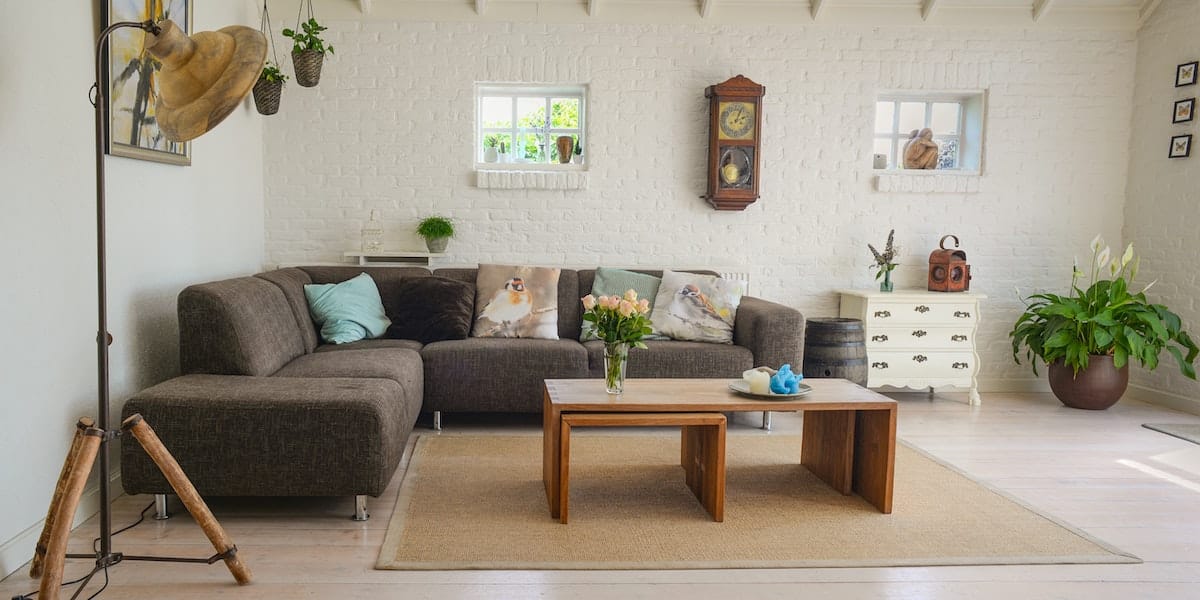
Credit: www.organiccottonmart.com
Frequently Asked Questions
What Is Sustainable Home Decor?
Sustainable home decor involves using eco-friendly materials and practices to reduce environmental impact.
Why Choose Sustainable Home Decor?
Choosing sustainable decor helps protect the environment and promotes ethical manufacturing.
What Materials Are Eco-friendly For Decor?
Bamboo, reclaimed wood, and recycled metals are eco-friendly materials.
How Can I Make My Home Decor Sustainable?
Use recycled materials, shop locally, and choose energy-efficient products.
Are There Benefits To Sustainable Home Decor?
Yes, it reduces waste, saves energy, and supports ethical businesses.
Is Sustainable Decor More Expensive?
Not always. Many sustainable options are cost-effective and long-lasting.
Where Can I Buy Sustainable Home Decor?
Look for eco-friendly stores, online marketplaces, and local artisans.
Can Sustainable Decor Be Stylish?
Absolutely! Sustainable decor combines aesthetics with functionality.
How Does Sustainable Decor Impact Health?
It reduces exposure to harmful chemicals and improves indoor air quality.
What Are Some Sustainable Decor Trends?
Upcycled furniture, organic textiles, and energy-efficient lighting are popular trends.
Conclusion
Embracing sustainable home decor transforms your space into an eco-friendly haven. Choose materials that are renewable and ethically sourced. Small changes like repurposing old furniture can make a big impact. Sustainable choices not only benefit the environment but also create a unique and inviting atmosphere.
Start your journey to a greener home today.




